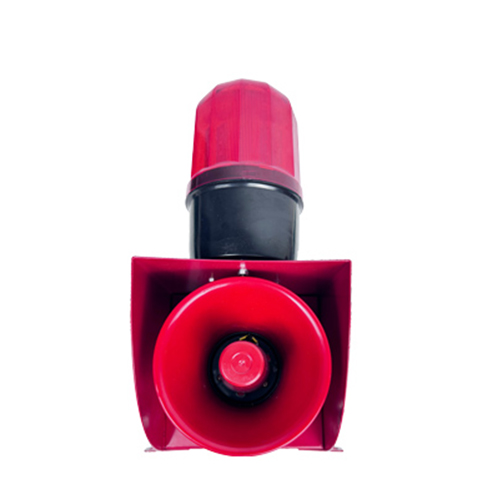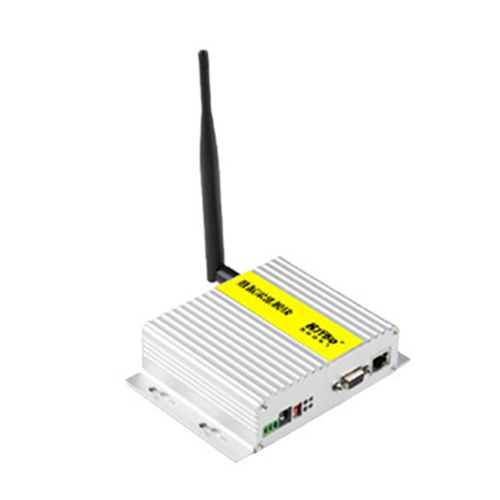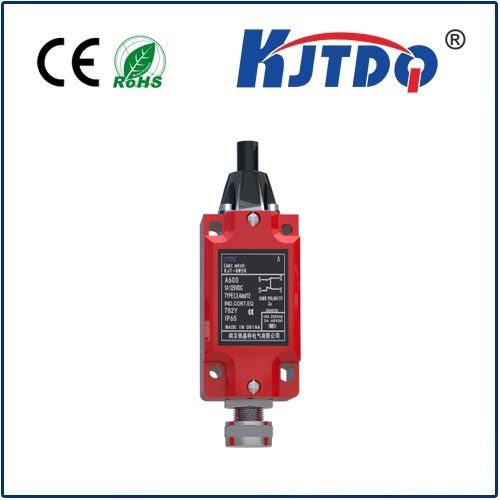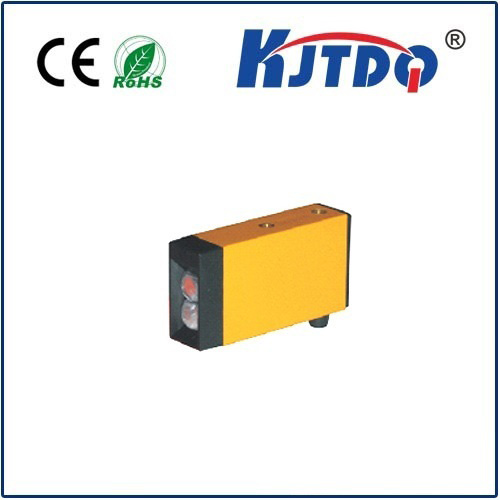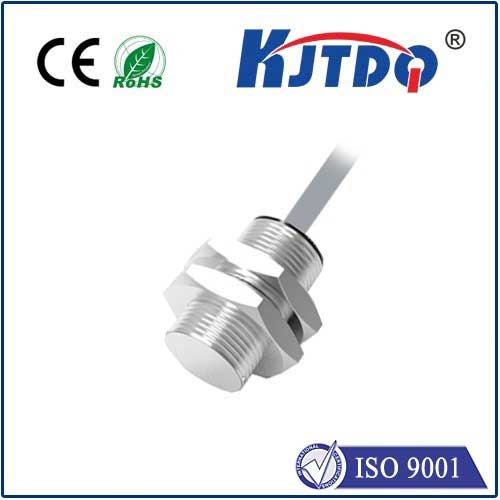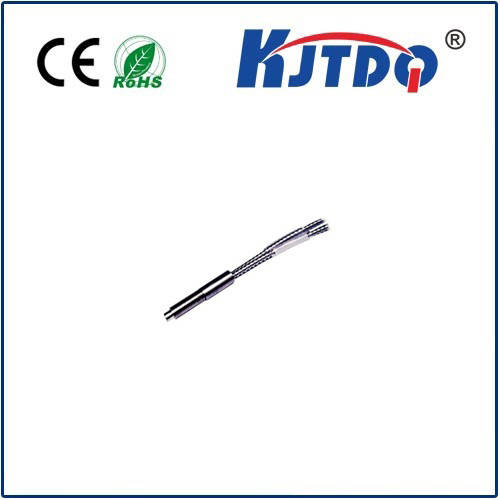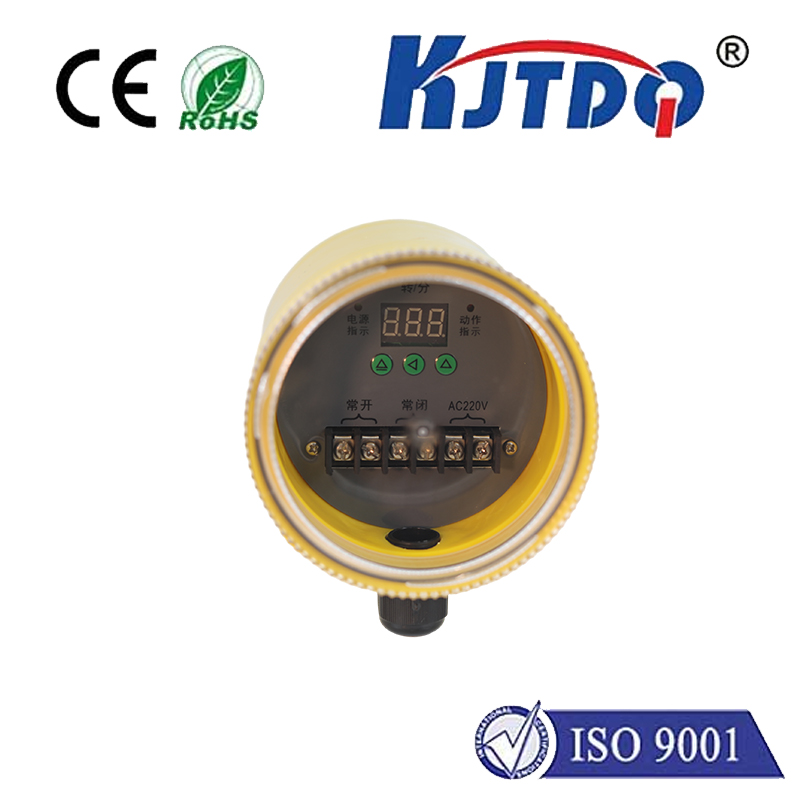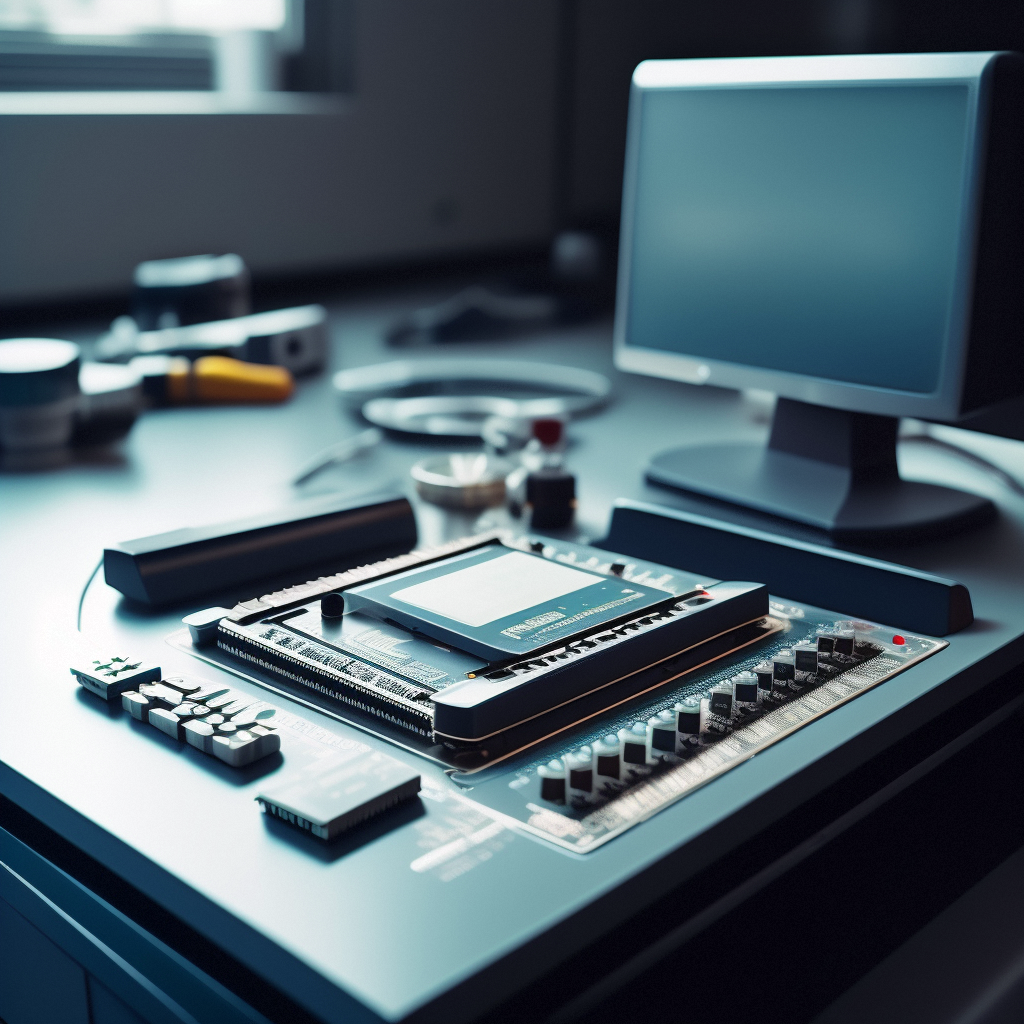

check

check

check

check

check

check

check

check

check

check
Laser Triangulation Technology: Revolutionizing Measurement and Inspection
Laser triangulation technology has become a game-changer in the fields of measurement and inspection. This advanced technique utilizes laser light to accurately measure distances, dimensions, and shapes of various objects. In this article, we will delve into the working principle, applications, and benefits of laser triangulation technology.
The Working Principle of Laser Triangulation

Laser triangulation works on the principle of trigonometry. A laser beam is projected onto the surface of an object, creating a spot or line. A camera or sensor is positioned at a certain angle from the laser source and captures the image of the illuminated area. The displacement between the actual and observed positions of the reflected laser light is then calculated using trigonometric equations to determine the distance from the sensor to the object surface. This process allows for precise measurements of height, width, depth, and other physical characteristics of the object under inspection.
Applications of Laser Triangulation
Laser triangulation technology has numerous applications across industries. In manufacturing, it is used for quality control and defect detection in products such as electronic components, automotive parts, and pharmaceuticals. In the construction industry, it aids in measuring building structures, bridges, and roads for alignment and leveling purposes. In healthcare, it plays a crucial role in medical imaging, where it helps in producing 3D images of organs and tissues for diagnosis and treatment planning. Additionally, laser triangulation is employed in robotics for object recognition, navigation, and manipulation tasks.
Benefits of Laser Triangulation Technology
Laser triangulation offers several advantages over traditional measurement methods. Firstly, it provides non-contact measurement, eliminating the risk of damage to delicate objects during inspection. Secondly, it offers high accuracy and repeatability, ensuring consistent results even when measuring complex shapes and surfaces. Thirdly, it can perform rapid measurements, reducing inspection times and increasing productivity. Finally, laser triangulation systems are versatile and can be easily integrated into existing production lines or workflows.
Conclusion
In conclusion, laser triangulation technology has revolutionized the way we measure and inspect objects across various industries. Its precise, non-contact measurement capabilities have made it an indispensable tool for quality control, defect detection, and dimensional analysis. As technology continues to advance, we can expect further innovations in laser triangulation systems that will drive increased efficiency and productivity in industrial processes
